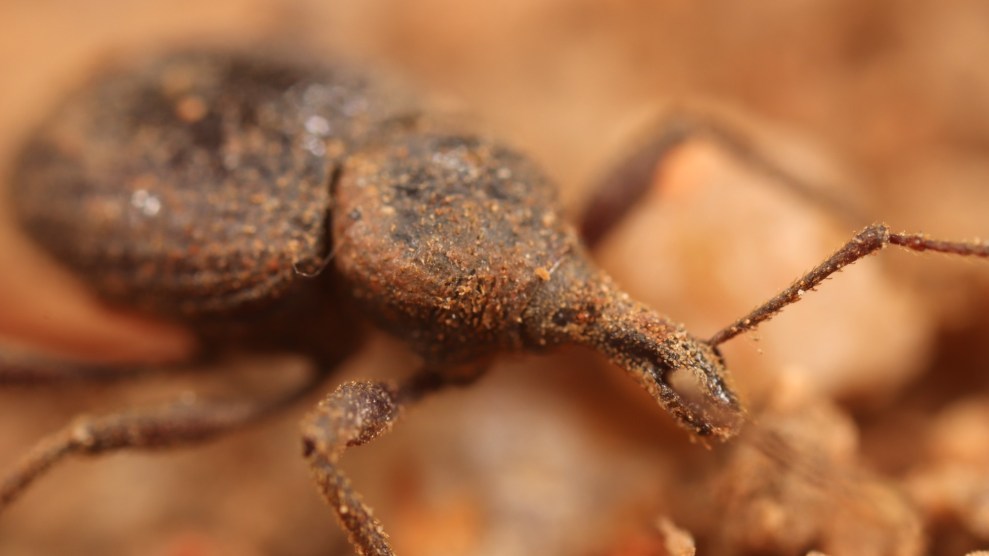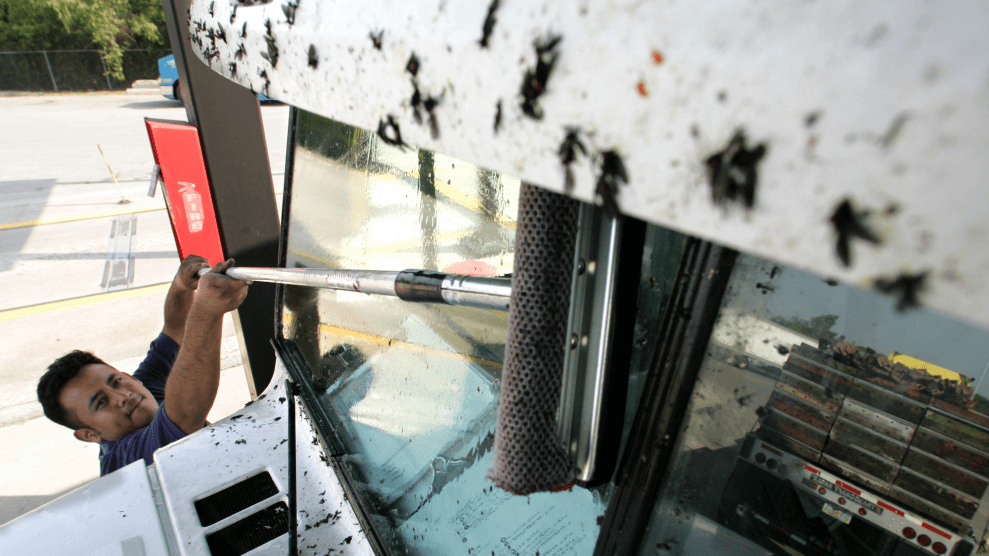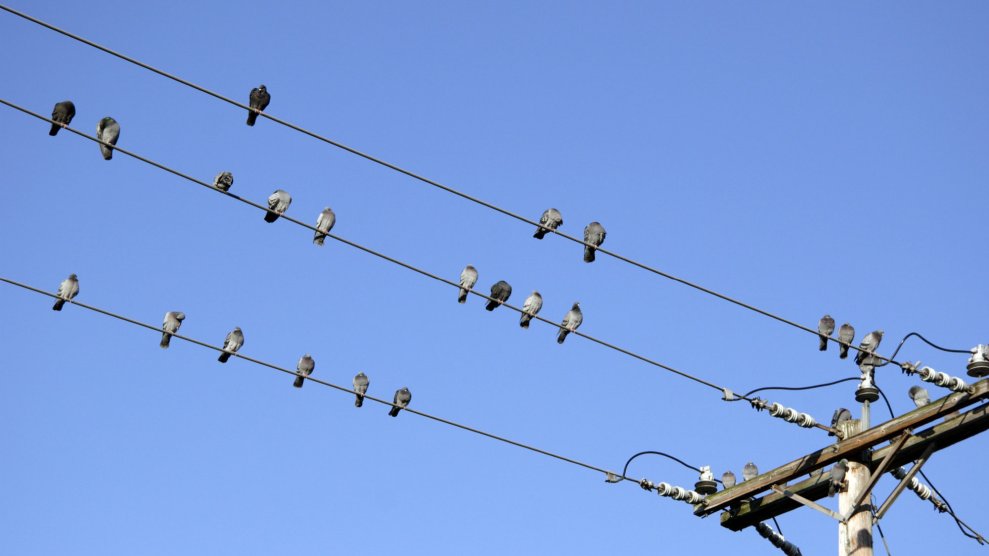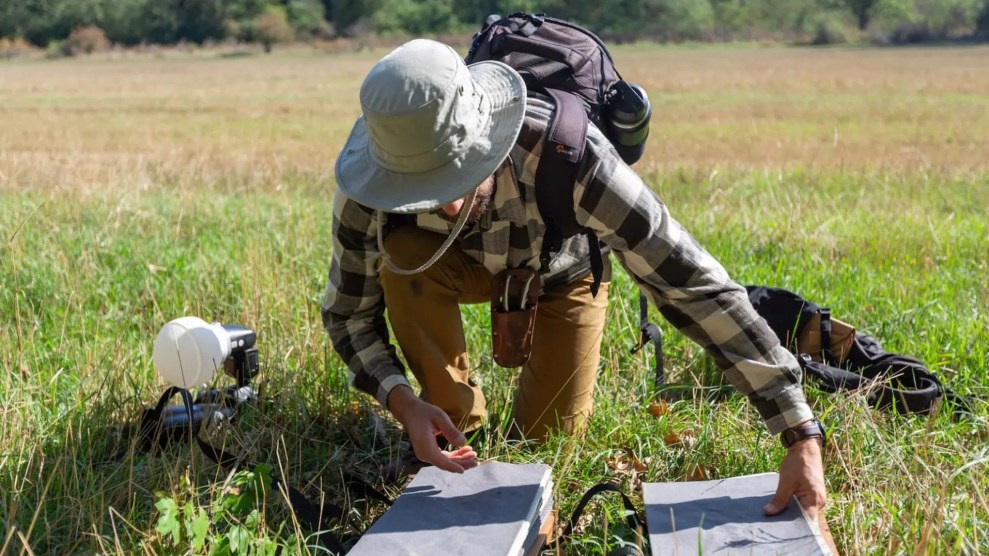
Undarobius howarthi, a new species of weevil found in the lava caves of Australia's Undara Volcanic National Park .CSIRO
This story was originally published by the Guardian and is reproduced here as part of the Climate Desk collaboration.
A blind cave-dwelling weevil, an ant that protects the caterpillars of one of Australia’s rarest butterflies, and the first millipede to actually have more than 1,000 legs were among 139 new species described by scientists at CSIRO in the past year.
Other discoveries formally named and described in scientific journals include 131 insects and other invertebrates, four fish, three plants and a frog.
One of the invertebrates—a parasitic flatworm now known as Enenterum petrae—was discovered inside a specimen of a fish collected from Lizard Island on the Great Barrier reef, and named in honor of CSIRO scientist Daniel Huston’s new daughter, Petra.
Dr. David Yeates, an insect expert at CSIRO, said formally describing species in scientific journals was a critical part of protecting biodiversity.
A newly named ant—Anonychomyrma inclinata—has a remarkable relationship with one of Australia’s rarest and most striking butterflies, the Bulloak jewel. Like taking children to a buffet, the ants carry the caterpillars in their jaws from their daytime hideaway underneath bark to fresh bull-oak leaves, both protecting them and letting them feed.
Yeates said ants would often eat caterpillars, but this new species works more like a babysitter. For the ant’s efforts, Yeates said the caterpillars release a sugary substance “like ant opium” that the ants feed on. “It’s a neat little relationship. [The caterpillar’s gland] appears to have evolved just to feed and appease the ants,” said Yeates.
About 100 of the new species the CSIRO scientists helped to describe are Australian. Most of the scientific papers involved collaborations between CSIRO and other organizations and institutions. They include the first millipede to actually have more than 1000 legs, found 60 meters underground in a mining area in Western Australia; a new mountain frog; and four new marine fish.
Among the insects was a new genus of beetle, undarobius, that has two species that are the first weevils found in Australia to have evolved to live in caves. The species were discovered in lava caves at Undara Volcanic national park in north-eastern Queensland. Yeates said the weevils did not have eyes—a common evolutionary trait for cave dwelling organisms—but were likely a relic of their ancient rainforest cousins.
CSIRO experts say only about a quarter of Australia’s flora and fauna have been formally recorded, but the process was vital in understanding and protecting the country’s vast ecosystems.
John Pogonoski, a CSIRO fish scientist, helped name four new species of marine fish including three brightly colored anthias, rarely seen because they live deeper than divers usually go. Pogonoski said the new silverspot weedfish, heteroclinus argyrospilos, lives as deep as 100 meters below the surface and was described from only two known specimens collected by a CSIRO research vessel between 2000 and 2005.
“Working together with our research community to name species is incredibly important—it is the first step in Australia understanding and managing its biodiversity,” Yeates said. “As a country, we are still in the very exciting phase of species discovery.”














